One Ring to Rule Them All: Unpacking the centralisation of power within the Queensland Greens
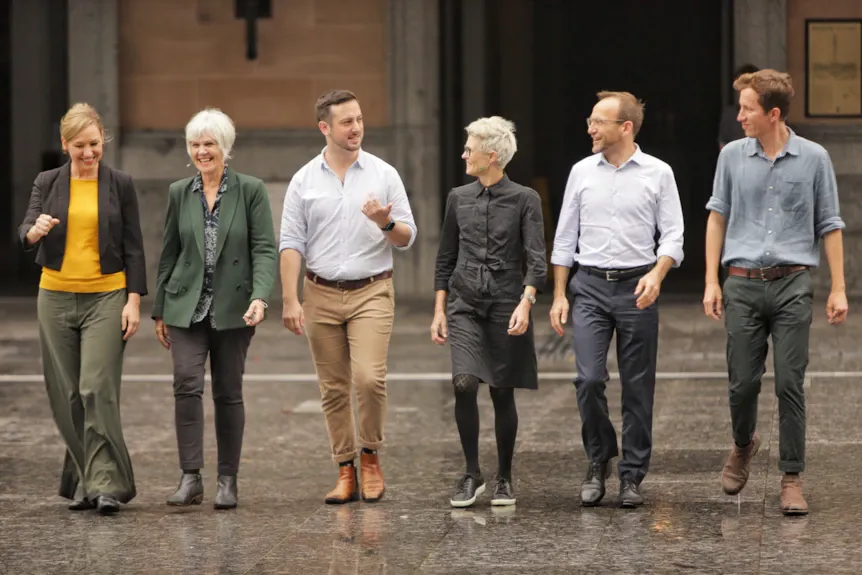
Note: Since this article was written in early 2022, more power centres have emerged within the Queensland Greens as we've won more seats. The decision-making landscape has changed significantly in some respects, although I think it's fair to say that the general inertia away from ordinary volunteer members having a say on big decisions has continued and perhaps accelerated...
No matter how noble its intentions, any political movement that seeks to win power through electioneering is gradually going to be co-opted by the process.
In imagining how a Greens government might one day operate in practice, we can find clues in the ways important decisions are currently made within our party. Unfortunately, real-world experience suggests we risk falling into the same trap that other progressive parties have struggled with, and could end up abandoning our core value of grassroots participatory democracy unless we make a serious, concerted effort to chart a different course.
I’ve written previously about how across the Australian Greens, power is already very heavily concentrated in the hands of the federal leader. As we dream of one day winning government, I thought I’d reflect upon three other specific case studies of creeping centralisation within the Queensland party, in the hope of helping us theorise and resist the corrupting influence of power:
- My role as a city councillor
- The Queensland Campaign Committee (QCC) during the 2020 state campaign
- The South Brisbane branch and 2020 state election key seat campaign
The choice of these case studies isn’t intended to imply that there’s been any kind of wrongdoing within any of these spaces, but they all serve as useful examples of how power becomes concentrated over time, and what I think of as a ‘general inertia towards hierarchy’ that we may need to be more conscious of down the line.
Basic structure of the Queensland Greens
The Queensland Greens party structure was designed to disperse power through consensus-based participatory democracy. Local branches are (on paper) the engine room of grassroots decision-making. We currently have almost 30 Greens branches throughout Queensland.
The party’s overarching decision-making spaces are the Annual General Meeting, open to all Greens members, and the State Council, comprised of delegates from each local branch. State Council meets quarterly, and assigns different responsibilities to various committees such as the Campaign Committee, Policy Committee, etc.
The branch delegates at State Council are meant to represent the views of their local branches (not their own personal views). So through participation in their local branch, every member theoretically gets a say on what’s decided at State Council (You can read more about how the party is structured via this link).
Crucially, State Council is ultimately responsible for deciding the party’s policy positions. Policy changes can be proposed through a range of channels (including branches, various committees etc.) but can’t become part of the party’s platform until they’re adopted by a State Council motion.
Drafting and agreeing on detailed policy positions is very time-consuming. Because detailed policies can go out of date quickly, most policies are necessarily short and general in nature. Greens politicians are supposed to be guided by these policies when voting on legislation, or otherwise exercising power, but the deliberately broad wording leaves a lot of room for interpretation.
In Queensland, we’re already seeing how the grey areas in our policy platform, combined with the external pressures of a fast-paced and hierarchical mainstream political system, generate a kind of magnetic field that pulls more and more power into the centre.
The relatively unrestrained power of a Greens city councillor (i.e. me)
For the past 6 years, I’ve been the only Greens city councillor in Queensland. Whenever the policy platform decided by State Council is silent on a particular local government issue, the default practice has been that an elected local councillor (like me) can take whatever position they feel aligns with core Greens principles.
As a councillor, I personally decide how I’ll vote on the dozens of motions that come before the weekly Brisbane City Council meeting. Sometimes I abstain if I feel I don’t have enough information or haven’t had time to properly consult my community. The LNP hold 19 out of 26 council seats, so how I vote doesn’t ordinarily impact the immediate outcome.
But I also exercise power in other ways, making a range of decisions that materially impact people’s lives and wider political discourse.
For starters, my Gabba Ward office controls a grants budget of $35,000 per year for local community projects. We also exercise substantial control (with some limits) over the allocation of a $500,000/year public space capital works budget for my ward. My decisions on where to locate new basketball courts, dog off-leash areas, playgrounds, etc, can have a direct and significant impact on people’s lives. I choose to hold broader public consultation on how this budget is allocated, but I’m not under any obligation to do so. (For more on our experiments with participatory democracy, you can check out my article in the 2021 edition of the Pandora’s Box journal)
On a daily basis, my ward office also provides feedback to the council on a wide range of projects and applications, from footpath dining permits to park bookings, where my view carries meaningful weight.
Perhaps even more significantly, whenever I make a public statement about an issue – whether in council or on social media or directly to a journalist – that’s interpreted by many people as a statement on behalf of the party. What I say (or don’t say) impacts how the Greens are perceived statewide, and sometimes nationally.
It’s a heavy responsibility that I don’t take lightly. It’s also a huge amount of power that I exercise virtually unilaterally. The Queensland Greens party has only minimal indirect input into the decisions I make and the work I do.
If in future, we won the mayoralty and a majority of seats on Brisbane City Council, based on current arrangements, the wider Greens membership would find they have relatively little direct control over how a Greens-led BCC makes decisions. This seems to accord with experiences from other Greens-led councils around the country.
If Greens supporters wanted to hold Greens councillors accountable for how they wield power, the strongest avenues available are to try to oust them at a preselection, or to refuse to volunteer for certain councillors at election time, and risk another party winning the seat. (We’ve perhaps seen a few recent examples of this in Greens-dominated councils in northern New South Wales.) This would be a legitimate concern for Greens incumbents who depend heavily on volunteer support for re-election. But those moments only come up every three or four years at election time, and there will inevitably be situations where grassroots Greens members are quite unhappy that a given representative hasn’t been consultative enough, but not so unhappy that they want to boot them out altogether. It’s hardly a satisfactory alternative to genuine participatory democracy.
Queensland Campaign Committee as de facto policymakers
The Queensland Campaign Committee (QCC) is one of the more powerful bodies within the Queensland Greens. While its members are democratically elected, its meetings are confidential, and other party members can’t ordinarily access the minutes (this is primarily to guard against leaks to opposing parties).
QCC decides on key state election campaign messages, approves wide-reaching campaign materials, conducts background checks on candidates, and in practice, makes substantive decisions about which seats and election campaign activities are allocated party funding.
While most of the committee’s decisions are theoretically subject to approval by State Council, there’s not enough time for the dozens of State Council delegates to micro-manage or closely scrutinise all the decisions QCC makes.
Crucially, QCC decides what campaign initiatives the party leads with at a state or council election (federal initiatives are formulated at the Australian Greens level). At the time of writing, initiatives from Queensland’s 2020 state election are still available online at this link. To the average voter, the campaign initiatives look a lot like policy positions. They are in fact much more detailed and specific than the Queensland Greens policies as decided by State Council, and are crafted with the primary goals of motivating volunteers and appealing to swing voters.
Campaign initiatives must not directly conflict with party policy (but as I explained earlier, most policies leave a lot of room for interpretation). During election campaigns, they get much more media coverage than the actual policies; we put the initiatives on our printed flyers and our social media advertising, and we train hundreds of volunteer campaigners to talk about them.
This is important, because when our candidates win seats and become MPs, the initiatives are essentially the platform they’ve campaigned on, and they feel a responsibility to try to implement them.
It’s easy to see how this tendency for campaign initiatives to become a de facto policy platform would have a big impact on future Greens-led governments. A Greens premier is going to feel obliged to enact the initiatives announced before an election, even if the bulk of Greens members haven’t had a direct say on whether they actually support those initiatives.
So while the party tells itself a story that party policy is created democratically by all interested members, it is a much smaller group – the Queensland Campaign Committee – that controls the actual policy priorities we take to an election.
One of the main reasons QCC has ended up wielding so much power in this respect is that the grassroots processes for amending and updating the actual party policies (via branches and committees pushing motions through State Council) are arguably too slow and unwieldy to meet election deadlines.
It’s hardly surprising that the party has evolved a much faster parallel process where a committee with 9 voting members effectively decides the election platform.
The fact that bodies like QCC are inadvertently side-stepping more inclusive processes could thus perhaps be seen as a challenge to entities like State Council to become faster and more efficient at reaching consensus.
If we as Greens members are unable to make time-sensitive decisions quickly enough through State Council, someone else will make those decisions for us.
South Brisbane 2020 election campaign
I observed a similar phenomenon of centralised decision-making within the 2020 state election campaign for the key seat of South Brisbane, which Amy MacMahon won for the Greens.
To facilitate efficient decision-making, and reduce the risk of key campaign decisions being leaked to other parties, the South Brisbane Greens branch of 180-odd members delegated a lot of power to a Local Election Campaign Committee (LECC) with a handful of voting members (I was tacked on as a non-voting member).
The LECC members were appointed by an in-person South Brisbane branch meeting that was attended by about 20 members (quorum for meetings is 10% of branch membership). This committee was required to report back to the monthly branch meetings, but just like the decisions I make as a councillor, the branch meetings never had enough time or detailed knowledge to meaningfully hold the election campaign committee accountable.
Within the LECC structure, power was further centralised, with the paid campaign manager, the candidate and a couple other key people (such as myself in some instances), making crucial time-sensitive decisions that were later taken back to campaign committee meetings for retroactive approval.
So while on paper it might have appeared otherwise, in practice important decisions were often made by just three or four people who were under no strict obligation to consider the views of the wider Greens membership. This ranged from decisions about how much money to spend on billboard advertising or hiring staff, to whether Amy’s campaign letter should express support for particular local infrastructure projects, to how the campaign responded to controversial news stories that potentially affected Greens candidates across the state.
Some of these decisions were difficult and contentious. It’s possible that if you’d brought together a different random group of 5 to 10 South Brisbane Greens branch members, they would have come to different conclusions, and perhaps announced different local campaign priorities, or responded differently to media ‘scandals.’
For example, Amy announced strong support for a Toowong-West End pedestrian and cycling bridge during her election campaign. This idea had been flagged during previous Greens election campaigns at both the local and state level, and proposed in various government transport plans over the years.
Based on the voter outreach we’d already undertaken, those of us involved in this campaign committee discussion felt reasonably confident that the majority of residents supported this initiative, and that it was popular enough for Amy to publicly support. But we didn’t actually undertake an inclusive and consultative decision-making process involving all members of the South Brisbane Greens branch before announcing that position.
Like most of the local commitments that ended up in Amy’s campaign materials, that decision to publicly support a new bridge was ultimately made by only a small, closed group of people.
After the election, and in light of Labor and the LNP committing to fund the bridge, Amy and I conducted more public consultation about the specific question of new bridges, including an online community poll. This wider, (slightly) better-resourced consultation is perhaps a good indication of the level of community input we might expect future Greens governments to default to.
Interestingly, at an in-person public meeting we held about the bridges a few months after Amy won her seat, a poll of the 92 attendees showed very strong opposition to the bridges, whereas the online poll – with a much larger sample size of 700 residents – showed strong support. This perhaps reminds us that participatory decision-making processes must be widely accessible if we are to rely on them, and highlights that the kinds of consultation that Greens reps are often guided by – such as attendance at a public meeting – are not necessarily representative of the wider community.
I’m not actually sure what Amy and I would have done if the online poll results contradicted Amy’s election commitment. And it doesn’t change the fact that the original campaign commitments were not decided through a democratic process open to all Greens branch members.[1]
The hidden power of staffers
Within all three case studies mentioned above, there’s another layer of concentrated power which is rarely made explicit, but is pretty obvious to anyone who thinks about it for a while.
Whether we’re talking about a party committee or the office of an elected representative, paid staffers wield a lot of soft power. The busier a candidate or elected representative becomes, the more influence their most trusted paid staffers may exert.
My ward office staff have more influence over my decisions and policy positions than almost anyone else. As a councillor, I simply don’t have time to meaningfully reflect upon and make all the small local decisions I’m technically responsible for. I rely heavily on the advice of my staff, and delegate some tasks and decisions to them entirely. We are in close contact for much of the working day, bouncing ideas off each other and chatting about what issues I should be prioritising. This seems to hold true for Greens State MPs too, although some staffers might have more access and influence than others.
Meanwhile, in branch meetings and election campaign committee debates about what messages a campaign should prioritise or what tactics should be used, I’ve noticed that members often defer to the judgement and insight of those committee members who are also working as Greens staffers. This is understandable, because those staffers are thinking about such questions full-time and are involved in various kinds of campaigning to an extent that’s not possible for most volunteers.
When it comes time to delegate tasks like drafting media releases or strategy documents, it’s the paid staffers who have more capacity and specialist knowledge to put their hand up for those jobs. Thus, a campaign’s strategic plan often ends up being developed and written by just one or two people (usually a candidate and a paid staffer or two) and signed off by the Campaign Committee with relatively minor alterations. The staffers are often steering the ship.
Thinking ahead
Some of you reading this probably won’t be too concerned about the patterns described above. In the short-term, centralising decision-making among smaller select groups can seem more efficient. But it also has some obvious downsides.
Generally speaking, as a pool of decision-makers becomes smaller and less diverse, their judgement becomes poorer regarding what messages will appeal best to a wide range of voters, or what tactics will most effectively reach a particular target demographic, or how best to achieve tangible policy outcomes. They’re more likely to get trapped in echo chambers where the only people they make time to talk to are telling them they’re on the right track, and dissenting voices or alternative perspectives are marginalised and overlooked.
We see the end result of this trajectory in the modern Labor and Liberal parties; even when grassroots supporters and branch members can see that their party is advocating an unjust policy position, the small group of powerful decision-makers at the top are so cut off from on-the-ground realities that they can’t even engage meaningfully with critiques from their own supporters. They start to believe that they know better than the ‘less engaged’ or ‘less involved’ rank-and-file members (or even the backbench MPs), and become instinctively resistant to good-faith attempts to decentralise power, because they’ve convinced themselves that they will consistently make better decisions than a larger group.
When political power is centralised, the power-holders don’t have time to hear from everyone, so they only hear from well-connected individuals and organisations that can spend the time and resources lobbying them relentlessly, or who can threaten their re-election prospects. Thus, centralisation becomes a key ingredient of political corruption and state capture. It’s much easier for a self-interested corporation to bribe, blackmail or manipulate a single mayor or minister, or a small committee, than to hijack a much larger constituency.
Right now, it arguably doesn’t matter too much that power within the Queensland Greens is heavily centralised, because compared to senior power-holders within the major parties, the decisions we have direct control over usually don’t have a significant material impact on many people’s lives.
It’s easy to brush concerns about hierarchy aside by saying “oh we can worry about that down the track once we’ve won a few more seats.”
But the more power a political party accrues, the more time-sensitive its decisions become.
If the Queensland Greens win the balance of power, or one day take on ministerial positions in a progressive coalition government, it seems unlikely that it’ll get easier for us to decentralise decision-making. The general inertia towards hierarchy will be even stronger. External pressure to make big decisions quickly will likely mean that senior Greens MPs won’t even have time to consult extensively with all the other elected Greens representatives, let alone meaningfully empower the wider Greens membership.
The good news is that when you look at it another way, power is still reasonably dispersed among different parts of the party. Some power sits with elected representatives and their office staff; some power is in the hands of the Queensland Campaign Committee, the Policy Committees, the Management Committee etc; some power is still held by branches and State Council; some is held by the State Director and other party staffers who are employed on an ongoing basis; and some power is held for short periods by key candidates and local election campaign teams.
It’s not like the entire Queensland Greens organisation is exclusively controlled by 4 or 5 people. It’s more like 40 or 50 people, who remain loosely accountable to thousands of other members and supporters. But that’s still a long way from the ideals that grassroots participatory democracy aspires to.
Ensuring we involve our massive base of members and volunteers in big decisions will be a crucial challenge for future Greens governments. Looking overseas, it seems that Greens parties that have enjoyed greater electoral success – including the German Greens, New Zealand Greens and Scottish Greens – have struggled to implement widely inclusive participatory democracy processes.
There’s no one-size-fits-all solution to this. But we need to acknowledge and grapple with this tension if we are to successfully insulate against the corrupting influence of the mainstream political system. Otherwise we’ll end up stuck on the same trajectory as the major parties, and one day, members may be dismayed to discover that we have to organise public protests against our own Greens MPs’ decisions just to have our voices heard.
[1] I should add that the decision-making processes behind local campaign announcements from the major party candidates don’t appear to be very different. In fact, it seems to be accepted wisdom within the Labor and Liberal Parties that such decisions cannot feasibly be made by larger groups in a time-efficient manner, and major party campaign organisers I’ve talked to are entirely unapologetic about the centralisation of power within campaign teams and ministerial offices. Most Labor and LNP rank-and-file members appear to have no meaningful control whatsoever over the local campaign promises their candidates make, and the same is likely true of most other Australian political parties. So the Greens are arguably still doing better than any of the others on this front
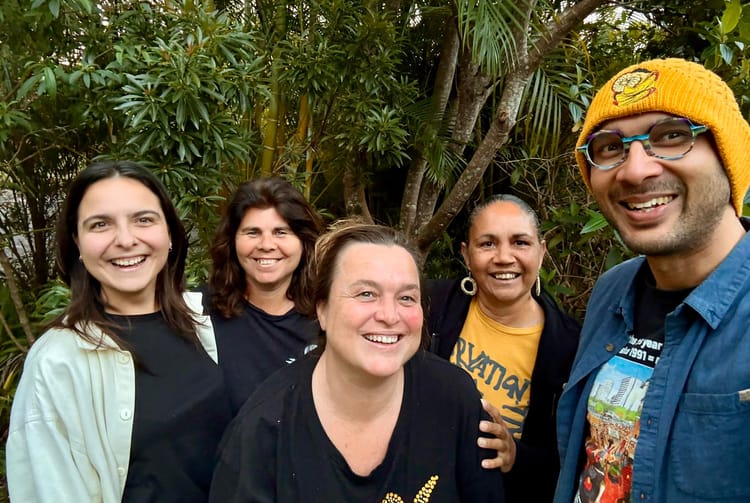
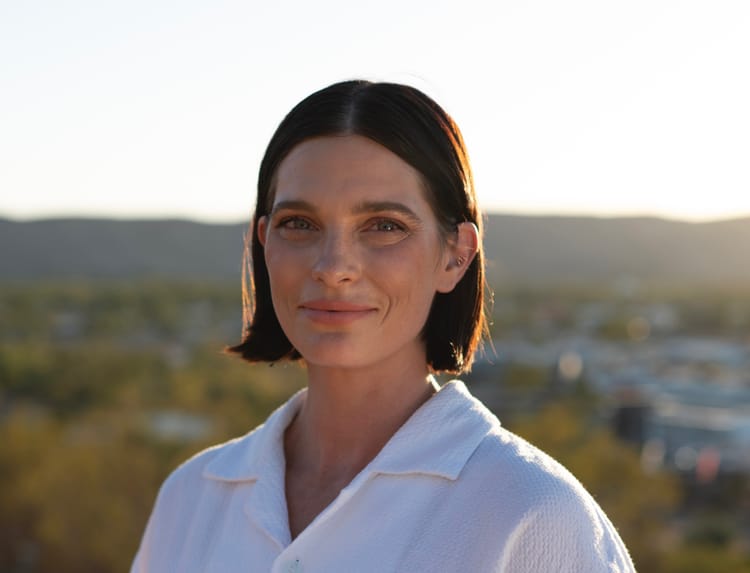
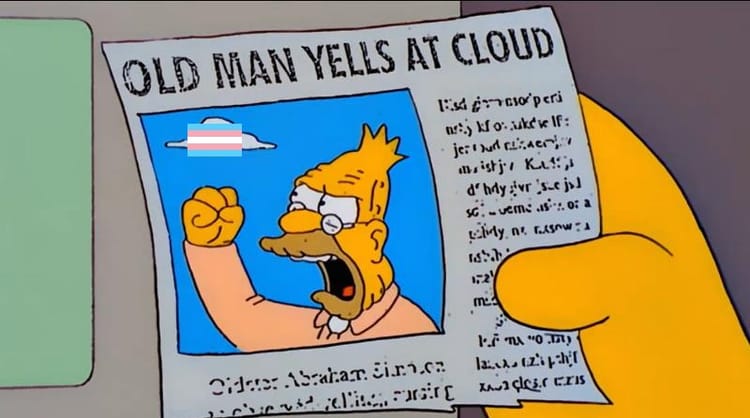
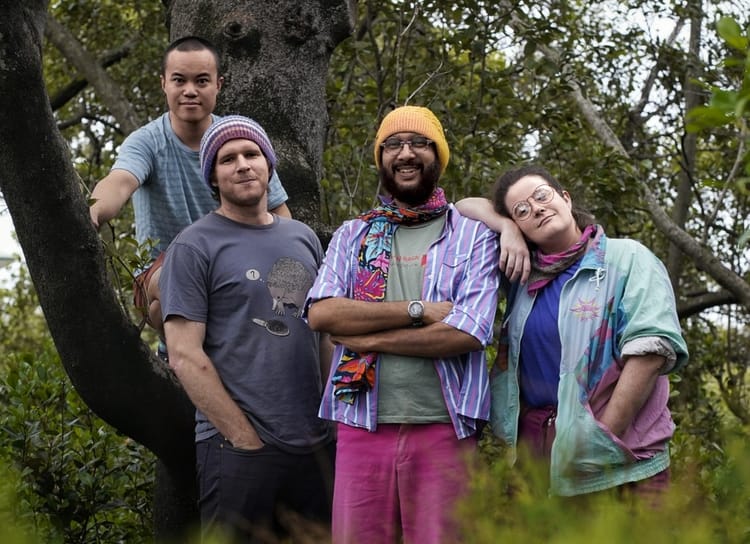
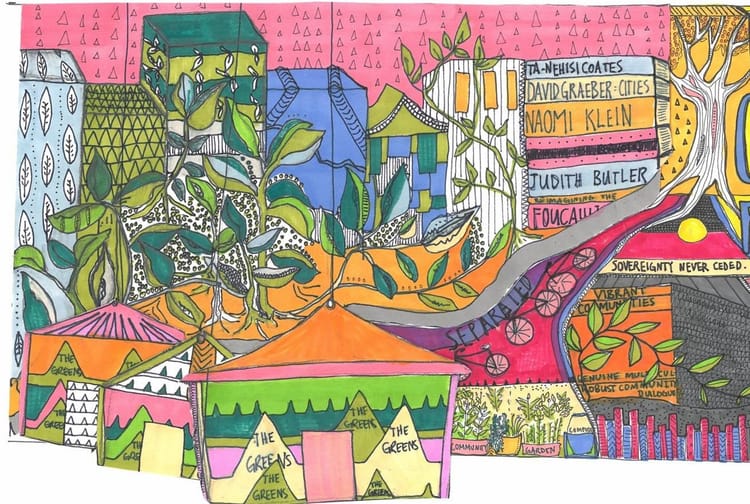
Member discussion